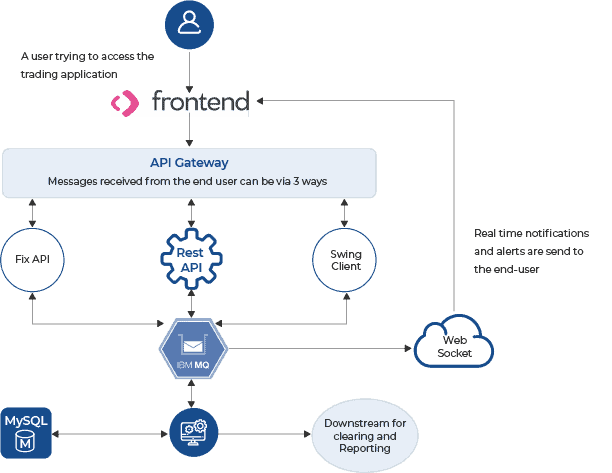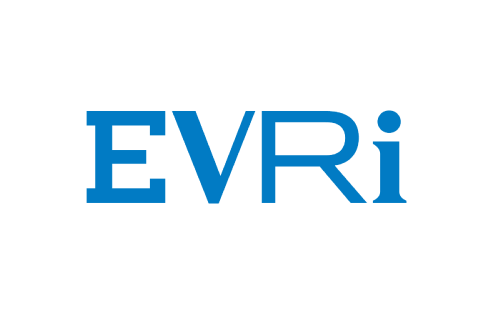SGX transforms its development methodology and speeds up application delivery
Introduction

SGX transforms its development methodology and speeds up application delivery while upholding its standards for security and stability
Headquartered in the AAA-rated island city-state of Singapore, SGX is Asia’s leading multi-asset exchange and a vertically-integrated business providing listing, trading, clearing, settlement, depository, and data services. With approximately 40 percent of its listed companies and 80 percent of its listed bonds originating outside of Singapore, SGX is Asia’s most international exchange. It employs more than 800 people and has offices in Beijing, Chicago, Hong Kong, London, Mumbai, New York, San Francisco, Shanghai, and Tokyo.
About Singapore Exchange Limited
Singapore Exchange Limited (SGX) is an investment holding company that provides securities and derivatives trading services throughout Asia. SGX operates equity, fixed income, and derivatives markets in accordance with stringent and complex regulatory standards. As a global multi-asset exchange, the organisation pursues technological innovation to power the transformation of critical financial market infrastructures.
Like other exchanges, SGX has evolved into a highly organised and regulated electronic marketplace that facilitates transactions for financial products across all asset classes—from equities to fixed income to currency and commodity derivatives. However, SGX was still reliant on heavy monolithic and complex transaction workflows. Batch processing and manual reconciliation still plagued most types of financial transactions, and compounded by localised infrastructure, hampered the growth and innovation SGX required to keep pace with the rapidly changing needs of investors.
Having used the monolith for quite some time, they cannot simply do away with it. The challenge, therefore, is to ensure BAU is on the monolith for business to run while building a new microservices-based platform. Here are the other challenges that they were facing
The challenge
As one of Asia’s top multi-asset exchanges, SGX wants to continually enhance the digital experience for its customers, employees, and business partners. With a robust trading engine at the heart of its operations, SGX develops dynamic applications and interfaces extending from this core. To enhance the speed and agility of its development processes, the company wanted to take advantage of the latest technological advancements.
While transforming its development practices, SGX also had to uphold its rigorous security standards in all the systems.
- The first main challenge was to do an enhancement in the system to support multi-broker orders over the UI interface and the FIX protocol.
- The business domain is extensive and needs a lot of studies to build strategic solutions.
- The legacy application is very vast and overtime it has become difficult to manage and develop upon. It has code written in both Java and Scala programming languages with thousands of test cases. It also has a separate test suite repository to test the FIX support on the application.
- The aim of the new architecture is to use cutting edge technologies so as to keep SGX ahead of the curve while using the best practices to build the system strategically
- SGX was also undergoing a transition themselves, adopting agile methodology and moving away from the waterfall development environments.
The solution

- Our engineers devoted time with the business people to understand their requirements. By this, we saved time in trial and error and also understood the language of the business enablers.
- We started by delivering simple yet effective solutions on the legacy application, removing roadblocks for the business.
- We brought to the table our experience with FIX protocol while working on our first big milestone, ensuring timely delivery and opening up new avenues of business.
- We used the best practices of the technologies in the project – especially our expertise in Scala.
- The new architecture uses Akka (actors, HTTP, stream, persistence) framework and our team uses its time-tested expertise on Akka while delivering the features.
- Our engineers are well trained and accustomed to Agile methodologies. So when our client was transitioning to it, we were easily able to adapt to the environment and also contribute to the right way of following the practice. This meant a smooth transition for the full team working on the project as we acted as enablers.
The outcome
- As we delivered our first milestone, our client was able to onboard more customers on the application which meant more business and earnings.
- Our belief and experience with BDD and TDD styles ensured no outages in production.
- Working on the new architecture and timely delivering key features, preventing an overrun in the cost of the project. Our team has been particularly acknowledged for its professionalism and commitment by the client themselves.
- We are a functional Scrum team, and our success story is shared across the other teams undergoing a transformation.
- The right practices that we are using in our project, related to the technologies, are being widely appreciated and adopted across the teams now.
Read more case studies

Enhancing both courier and customer experiences for Evri
NashTech and Evri work closely together on the application and systems for the couriers to ensure that they are satisfied and well-trained.

Unified and NashTech: driving digital media excellence
Explore how NashTech helped Unified to overcome challenges in the startup phase by scaling technology resources as needed.

From rising above adversity to riding the wave of digital transformation in the education sector
Explore how NashTech help Trinity College London ride the wave of digital transformation in the education sector
Let's talk about your project
- Topics:
Our partnerships















